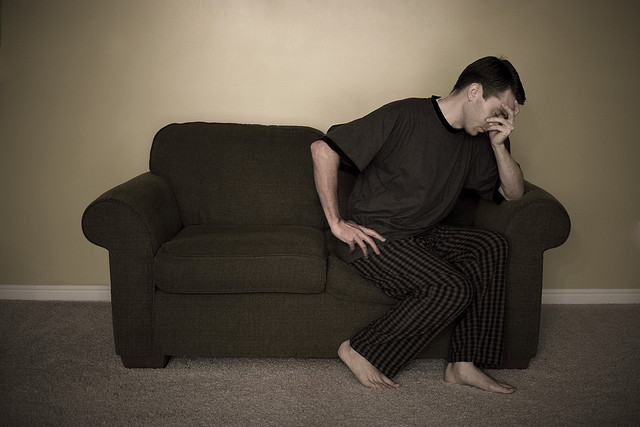
OCD is an anxiety disorder characterized by intrusive thoughts that produce uneasiness, apprehension, fear, or worry. (image: kobizmedia)
SEOUL, Korea, Mar 4 (Korea Bizwire) – While patients suffering from obsessive-compulsive disorder (OCD) keep increasing in Korea, one of the two patients are in their 20s and 30s, according to the Health Insurance Review and Assessment Service (HIRA).
HIRA announced that the number of patients diagnosed as OCD marked 23,846 last year, up 13.1 percent, or about 3,000 patients from 2009. The number of OCD patients increased 3.1 percent annually during that period.
OCD is an anxiety disorder characterized by intrusive thoughts that produce uneasiness, apprehension, fear, or worry. The patients exhibit repetitive behaviors aiming at reducing the associated anxiety. Its symptoms include excessive washing or cleaning, repeated checking, extreme hoarding, and so on. These symptoms can be alienating and time-consuming, and often cause severe emotional and financial distress.
It comes to mostly young people, according to HIRA statistics. Among the OCD patients last year, 24.0 percent were in their 20s and 21.1 percent were in their 30s. The percentage of those in their 40s and teens was 16.3 percent and 14.3 percent respectively.
By gender, more males were diagnosed as OCD than females, with 57.9 percent overall. However, more female OCD patients were found in the age groups older than 40. Scholars generally say that both psychological and biological factors play a role in causing the disorder, although they differ in their degree of emphasis upon either type of factor.
An official of HIRA said, “The reason why there are more OCD patients in younger age groups is that they feel more anxiety on the uncertain future and stresses from pregnancy and delivery.”
The first-line treatments for OCD are behavioral therapy, cognitive behavioral therapy and medications. The official said, “Medication is common for OCD, but it is needed to go side by side with appropriate treatments according to the patient’s condition.”
Lifestyle (Follow us @Lifestylenews_Korea)





![[Infographic] How to Smartly Check Women’s Health [Infographic] How to Smartly Check Women’s Health](http://koreabizwire.com/wp/wp-content/uploads/2014/07/womens-health-thumbnail-1-370x343.png)
